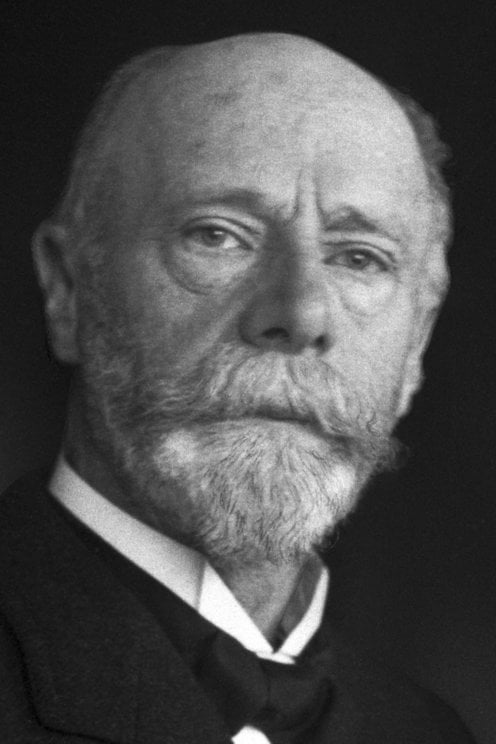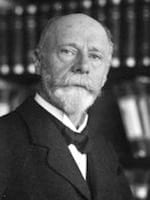

This investigation led Einthoven to intensify his research. Waller’s electrocardiogram – a study which has remained classic in its field. Having found these methods he decided to carry out a thorough analysis of A.D. With this in view, he investigated the theoretical principles of this instrument, and devised methods of obtaining the necessary stability, and of correcting mathematically the errors in the photographically registered results due to the inertia of the instrument. This opportunity came when he began the task of registering accurately the heart sounds, using a capillary electrometer. Up till now, his talents had not yet been developed to the full. Some publications in this field were: “Eine einfache physiologische Erklärung für verschiedene geometrisch-optische Täuschungen” (A simple physiological explanation for various geometric-optical illusions ) in 1898 “Die Accommodation des menschlichen Auges” (The accommodation of the human eye) in 1902 “The form and magnitude of the electric response of the eye to stimulation by light at various intensities”, with W.A. At that time he also began research into optics, the study of which occupied him ever since. His first important research in Leiden was published in 1892: “Über die Wirkung der Bronchialmuskeln nach einer neuen Methode untersucht, und über Asthma nervosum” (On the function of the bronchial muscles investigated by a new method, and on nervous asthma), a study of great merit, mentioned as “a great work” in Nagel’s “Handbuch der Physiologie”. His inaugural address was entitled “De leer der specifieke energieen” (The theory of specific energies). Heynsius, Professor of Physiology at the University of Leiden, which he took up after having qualified as general practitioner in January, 1886. That same year, 1885, he was appointed successor to A. Buys Ballot, who discovered the well-known law in meteorology. Donders, under whose guidance he undertook his second study, which was published in 1885 as his doctor’s thesis: “Stereoscopie door kleurverschil.” (Stereoscopy by means of colour variation) – one of Einthoven’s teachers was the physicist C.H.D. Later he worked in close association with the great physiologist F.C. Koster, and was entitled “Quelques remarques sur le mécanisme de l’articulation du coude” (Some remarks on the elbow joint).

degree), under the direction of the anatomist W. The first was carried out after Einthoven had gained his “candidaat” diploma (approximately equivalent to the B.Sc. in the renowned eye-hospital “Gasthuis voor Ooglidders”, he made two investigations, both of which attracted widespread interest. After being assistant to the ophthalmologist H. His exceptional abilities, however, began to develop in quite a different direction. Four years later his mother decided to return with her six children to Holland, where the family settled in Utrecht.Īfter having passed the “Hogere Burgerschool” (secondary school), he in 1878 entered the University of Utrecht as a medical student, intending to follow in his father’s footsteps. Willem was the eldest son, and the third child in a family of three daughters and three sons.Īt the age of six, Einthoven lost his father.

de Vogel, daughter of the then Director of Finance in the Indies.

His father was Jacob Einthoven, born and educated in Groningen, The Netherlands, an army medical officer in the Indies, who later became parish doctor in Semarang. W illem Einthoven was born on May 21, 1860, in Semarang on the island of Java, in the former Dutch East Indies (now Indonesia). Share via Email: Willem Einthoven – Biographical Share this content via Email.Share on LinkedIn: Willem Einthoven – Biographical Share this content on LinkedIn.Tweet: Willem Einthoven – Biographical Share this content on Twitter.Share on Facebook: Willem Einthoven – Biographical Share this content on Facebook.


 0 kommentar(er)
0 kommentar(er)
